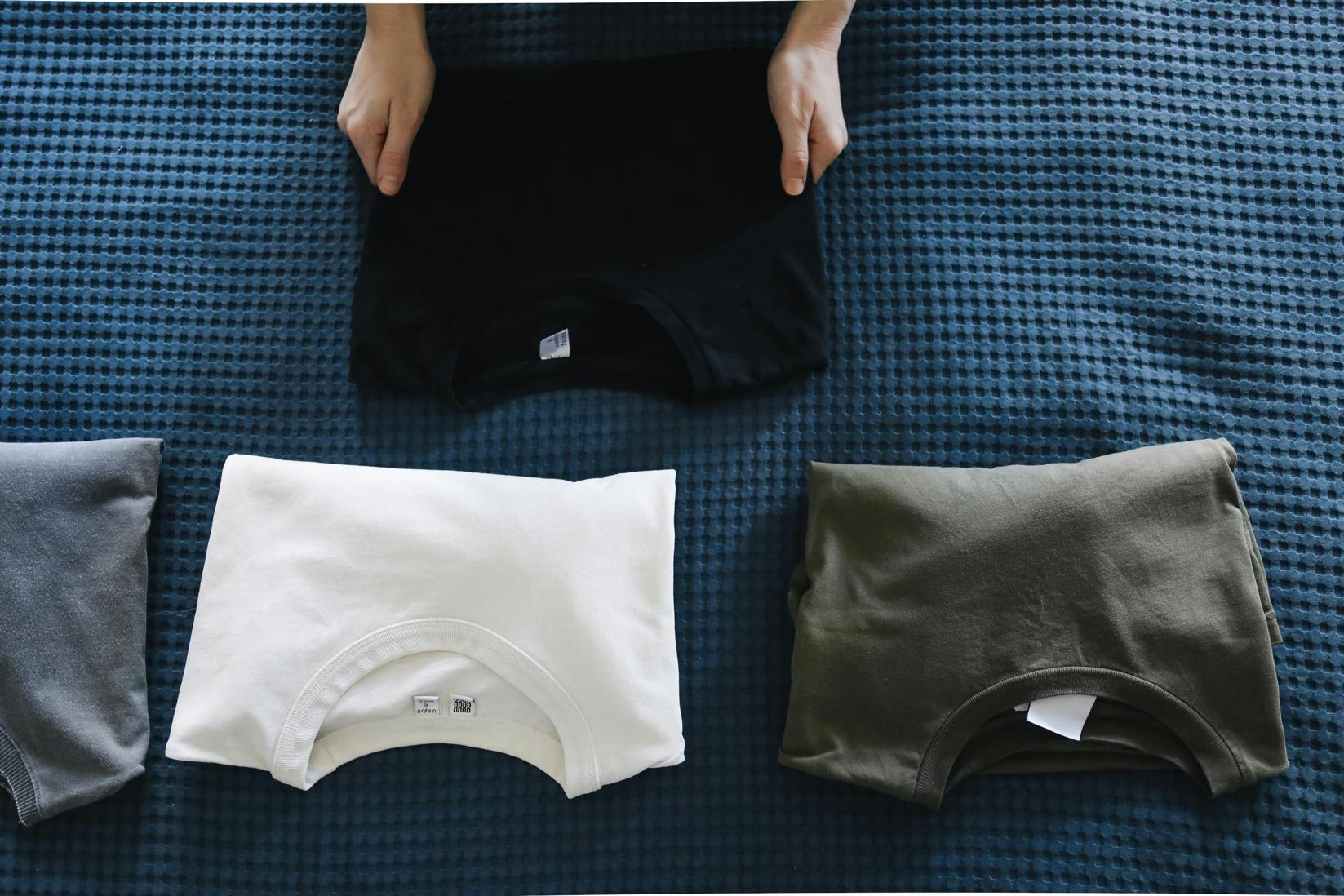How to Fold a Blanket: Expert Tips and Techniques
Introduction
Learning how to fold a blanket efficiently can save you time and storage space. Whether it’s a cozy fleece blanket or a hefty weighted blanket, each type requires a unique approach to achieve the perfect fold. Proper folding not only maintains the blanket’s appearance but also extends its lifespan.
Blankets are integral parts of our homes, adding warmth and comfort to our lives. Knowing the best ways to fold and store them can significantly enhance their usability and aesthetics. This comprehensive guide covers multiple folding techniques for different types of blankets, helping you become an expert in no time.

The Importance of Proper Blanket Folding
Proper blanket folding is more than just an aesthetic choice; it plays a crucial role in maintaining the blanket’s functionality and longevity. Folded blankets are easier to store, minimizing clutter and ensuring a tidy environment. Well-folded blankets are less likely to develop creases and wrinkles, which can lead to fabric damage over time.
Proper folding also improves the longevity of the blanket by reducing wear and tear. When blankets are haphazardly thrown around, the fibers can become stressed, causing them to break down faster. Folding them neatly creates an even distribution of stress on the fibers, preserving their integrity.
Additionally, neatly folded blankets contribute to a visually pleasing space. Whether they are stored in a closet or displayed on a shelf, folded blankets present a clean and organized look, adding to the overall decor of your living space.

Types of Blankets and Their Best Folding Techniques
Blankets come in various materials and types, each requiring a different folding technique. The best approach depends on the blanket’s size, thickness, and fabric type. Here, we focus on the most common types of blankets and their optimal folding methods.
Wool Blankets
Wool blankets are both warm and durable but can be bulky. Here’s the best way to fold a wool blanket:
- Lay the blanket flat on a clean surface.
- Fold it in half lengthwise.
- Fold one end over to the center, then fold the other end over to meet it.
- Fold in half again for a compact rectangle.
Fleece Blankets
Fleece blankets are lightweight and fluffy, making them a favorite for many. Follow these steps to achieve a crisp fold:
- Spread the blanket out on a flat surface.
- Fold it into thirds lengthwise.
- Take the bottom edge and fold it up one-third of the way.
- Fold the top down to meet the bottom fold, resulting in a neat, manageable square.
Weighted Blankets
Due to their heft, weighted blankets can be tricky. Here’s a method that works well:
- Lay the blanket flat.
- Fold it in thirds lengthwise.
- Fold the remaining length in half, then in half again.
- For added stability, tie a loose strap around the folded blanket.

Step-by-Step Folding Instructions
Various folding techniques suit different needs. Whether you want a traditional look or something modern, this section covers it all.
Traditional Rectangle Fold
- Lay the blanket flat.
- Fold the blanket in half lengthwise.
- Fold it again in halves or thirds, depending on the size.
- This method is simple and works well for most types of blankets.
Envelope Fold
- Lay the blanket flat.
- Fold the blanket lengthwise into thirds.
- Take one end and fold it a third of the way.
- Fold the other end over the first, tucking it in if necessary. This technique is ideal for thin, decorative blankets.
Roll-Up Fold
- Spread the blanket out.
- Fold it in half lengthwise.
- Roll it tightly from one end to the other.
- This method is excellent for quickly storing blankets in small spaces like backpacks or gym bags.
Tips for Storing Folded Blankets
Maintaining the fold and ensuring the blanket remains fresh and clean is essential for longevity. Here are some tips to keep in mind.
Storage Solutions for Small Spaces
- Utilize vacuum storage bags to save space.
- Store blankets in labeled bins or baskets under the bed or on closet shelves.
- Use vertical storage solutions like hanging organizers.
Maintaining Freshness and Cleanliness
- Wash blankets regularly based on material care instructions.
- Add fabric softener sheets or sachets of dried lavender in the storage area to keep them smelling fresh.
- Make sure blankets are completely dry before storing to prevent mold and mildew.
Common Mistakes to Avoid
Avoiding common mistakes ensures your blankets stay in top condition:
- Overcrowding storage spaces: This causes wrinkles and fabric damage due to constant pressure.
- Folding while damp: Always ensure blankets are fully dry before folding to prevent mold.
- Ignoring fabric types: Different materials need unique folding and storage practices.
Conclusion
Folding a blanket properly doesn’t have to be a daunting task. With the right techniques tailored to each type of blanket, you can maintain their appearance, extend their lifespan, and keep your storage spaces organized. Enjoy the comfort of well-maintained blankets for years to come by following these expert tips and techniques.
Frequently Asked Questions
What is the best way to fold a large blanket?
For large blankets, lay the blanket flat, fold it in half lengthwise, then fold it in thirds or quarters, depending on the size.
How can I keep my blankets fresh while they’re stored?
Add fabric softener sheets or lavender sachets to your storage areas and always ensure blankets are fully dry before storing.
Can the way I fold my blanket affect its longevity?
Absolutely. Proper folding distributes stress evenly across the fabric, reducing wear and tear and helping to extend the blanket’s lifespan.
